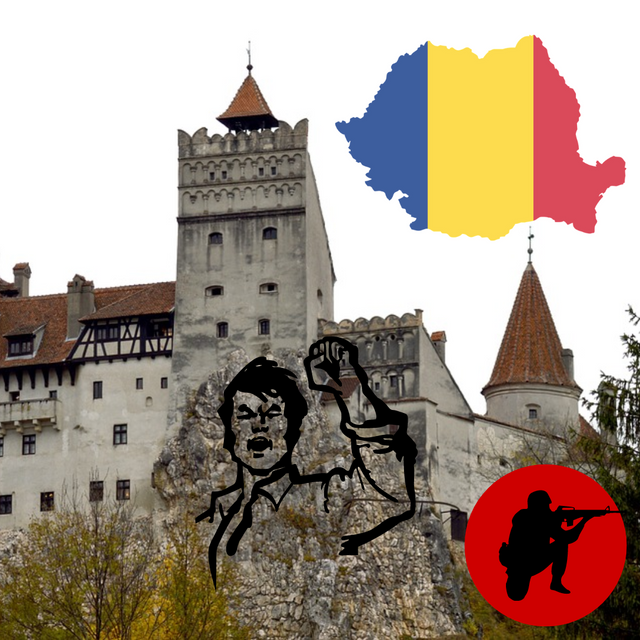Description of the Peasant Uprising in Romania in 1907

The peasant uprising in Romania in 1907 was a mass revolt by Romanian peasants against the country's ruling elites, particularly landowners and political leaders. The uprising was one of the largest social movements in Romania's modern history, and it had significant consequences for the country's political and social development.
The key features of the peasant uprising in Romania are:
Causes: The uprising was sparked by a combination of economic and social factors, including poverty, landlessness, and political corruption. Romania was a predominantly agricultural society at the time, and many peasants were struggling to make a living due to the concentration of land ownership in the hands of a small elite.
Military Action: The uprising began in the spring of 1907, with peasants organizing into armed groups and attacking the estates of landowners and other wealthy individuals. The movement spread quickly across the country, with tens of thousands of peasants participating in protests, demonstrations, and violent confrontations with the authorities. The Romanian government responded with a brutal crackdown, deploying troops to suppress the rebellion and imposing harsh punishments on those involved.
Transformation: The peasant uprising in Romania had a significant impact on the country's political and social development. The rebellion challenged the legitimacy of the ruling elites and contributed to a growing sense of popular discontent with the government. It also contributed to the emergence of new political movements and parties, including the Romanian Social Democratic Party, which would go on to play a key role in the country's political life in the years to come.